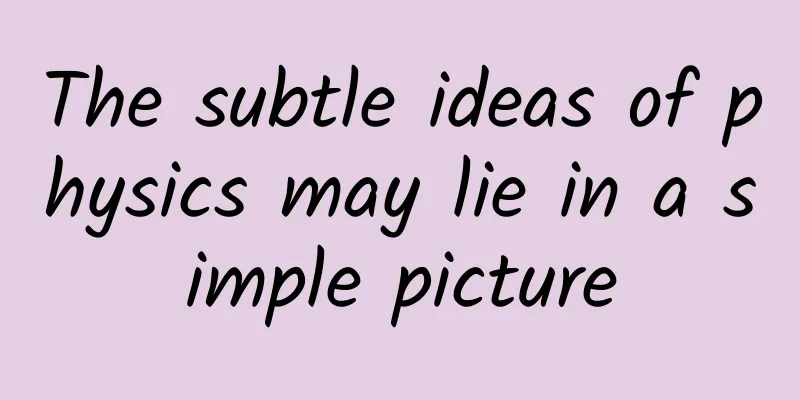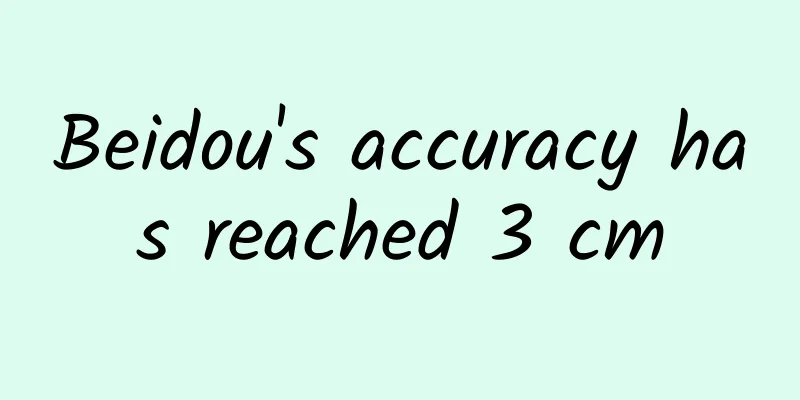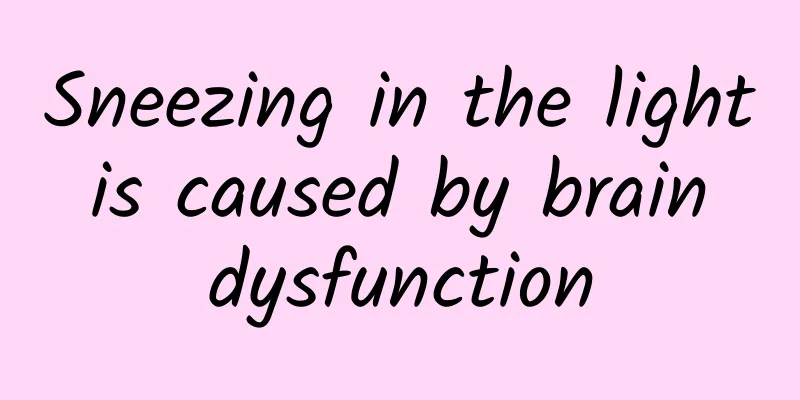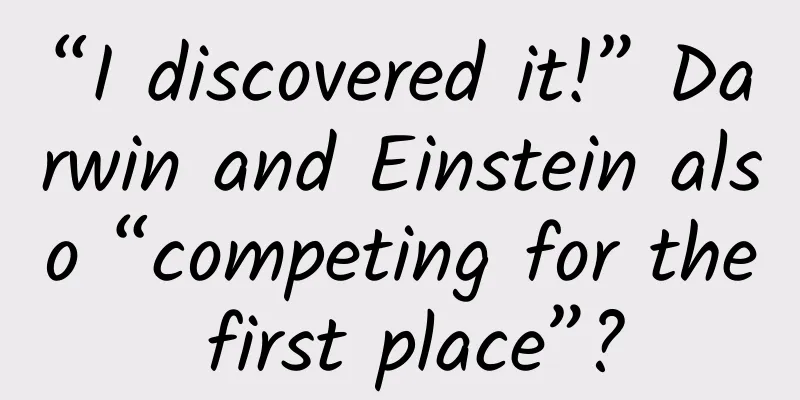The subtle ideas of physics may lie in a simple picture

|
Among all the tools that physicists have, drawing (sketching) has always been a common but extremely effective one. It may reflect the core concepts of physics with just a few strokes. It provides us with a perspective to understand the history of scientific thought and see the development of physics. From Aristotle more than 2,000 years ago to X-ray crystal diffraction, this article gives several interesting and profound examples. Written by Don S. Lemons (Professor Emeritus of Physics, Bethel College) Translation | Snow Aristotle's Universe Have you ever heard someone say, "Scientists will eventually figure out how to do it"? Replace "it" with a question of your own. Travel faster than the speed of light? Build a 100 percent efficient heat engine? Extract energy from the cosmic microwave background? It's true that some things once thought impossible will eventually become truly possible, but not all of our dreams will come true. After all, we live in the world of Nature: there are certain ways of being and adapting, of staying the same and changing. We can understand nature and discover ways to use it, but we have no power to change the nature of things. Francis Bacon (1561-1626) believed that "Nature, to be commanded, must be obeyed." Aristotle (384-321 BCE) gave us this indispensable concept of nature, and those who think that scientists and engineers can do everything may inadvertently reject this concept. The word "nature" comes from a Latin root, which corresponds to the Greek word φύσις or phusis, which is also the origin of physics. Modern physics was born in a struggle with some of Aristotle's ideas. And Aristotle's concept of nature is the cornerstone of modern physics practice. Figure 1 Figure 1 shows the Aristotelian universe, not as it is observed, but as it tends to be perfect—following the nature proposed by Aristotle. Earth and water move toward the center because earth is more solid than water; air and fire move upward away from the center because fire rises more easily than air. Therefore, there is an up-and-down motion in the region below the moon. The material above the moon is composed of a fifth substance, the quintessence or ether. The sun, free stars, and planets (not shown in Figure 1) are located on transparent spheres and revolve around the earth in concentric circles. Circular motion is the characteristic of the region above the moon. Aristotle borrowed many things from his pre-Socratic predecessors to describe his universe, such as the four elements (earth, air, fire, and water) and the orbits of the celestial spheres. In addition, pre-Socratic philosophy first proposed the concept of nature. Aristotle integrated these ideas into an orderly whole, the cosmos, to answer the questions of the time and to be consistent with everyday observations. The last statement needs to be qualified, because Aristotle observed that the sublunary material does not always move upward or downward. For example, if a piece of clay is thrown, its path of motion is similar to a parabola, first upward and then downward, and it always moves in the direction of the throw. According to Aristotle's theory, motion requires a mover, and if this mover is not the essence of the moving object, then the motion must be transmitted and maintained by an external force, that is, "compulsory." Therefore, it is the hand that throws the clay and the air that makes it move that causes the clay's unnatural horizontal motion. According to this view, manipulating objects and studying their behavior—performing experiments—is not a reliable way to study nature. Such studies are futile and do not reveal its nature. For example, a boy might, on a whim, throw a clay ball in a certain way. To manipulate a natural phenomenon is to destroy its naturalness—at least according to Aristotle. Nevertheless, Aristotle was a great observer of nature and, according to the famous historian of science George Satron, "one of the greatest philosophers and scientists who ever lived." He discovered the law of the lever and made the first systematic study of meteorology. He "undertook extensive investigations in botany, zoology, and anatomy, and had a clear understanding of the fundamental problems of biology: sex, heredity, nutrition, growth, and fitness." He formulated the elements of logic and invented the method of induction. Aristotle also wrote monumental treatises on literary criticism, ethics, and metaphysics. In fact, Aristotle touched on nearly every area of human knowledge. In 335 BC, Aristotle founded the Lyceum, a school for philosophy and science. Those who followed Aristotle were called peripatetics, which means learning as they went. Aristotle's most famous student was Alexander the Great, son of Philip II of Macedon, who went on to conquer the known world. Aristotle believed that the celestial realm was perfect. Its motion was not, as in the non-lunar world, perfectly natural and wonderful, but ultimately caused only by the desire for the good. It is easy to see why Aristotle's views on the universe have influenced thought and literature for 2,000 years. After all, it is a pleasure and a blessing to look up at the stars every night and be inspired by their perfection. Leonardo da Vinci and Earthshine If the Physics of Painting had a chapter called "Science in the Renaissance," Leonardo da Vinci (1452-1519) would be the archetypal example. Although da Vinci was a man of the Renaissance, he was not the kind of scholar admired by the humanists of his time—a man schooled in classical history and literature, with perfect Latin, skilled in rhetoric, and able to speak confidently in public gatherings. Instead, da Vinci's education was incomplete, his Latin was poor, and he had little interest in public affairs. But da Vinci was a keen observer of nature, an avid experimenter, and one drawn to practical applications. Whereas classically educated scholars of the Italian Renaissance cited authors, da Vinci cited experience. Leonardo poured his experience into more than 13,000 pages of notes filled with drawings and text, and these drafts enriched the language of visualization. He creatively used the bird's-eye view, which was very useful in topography and map making, and he also thought of showing different sides of the same object, for example, showing the aorta of a cow. He pioneered the use of anatomical cross-sections and observed that bright objects appear larger than objects of the same size but lower brightness at the same distance. Leonardo da Vinci probably intended his notes to be a richly illustrated encyclopedia of all technical knowledge. But as they are presented to us, the manuscripts are left with only the order imposed by his turbulent life. He usually wrote from right to left, with his hand tilted to the left, a so-called mirror writing. We don't know whether this was done to protect the privacy of his work or simply because he was left-handed. Figure 2 However, these notebooks do help us understand why Leonardo was a creative genius but had little impact on the development of science. Like Archimedes, he focused on independent problems. Unlike Archimedes, Leonardo failed to develop a coherent series of ideas that could explain more. It is as if his extremely rich thoughts and concrete artistic vision undermined his scientific efforts and therefore prevented him from developing strong, abstract theoretical explanations. Even so, the fragments of his thoughts are fascinating. Figure 2 shows one of them, about earthshine. When the moon is in the crescent or waning phase, the relatively dark shadows on the side of the crescent have a faint, ghostly light, as shown on the left side of Figure 2. Leonardo da Vinci's explanation of earthshine, shown on the right side of Figure 2, is the earliest written record of this phenomenon. According to his explanation, a large part of the light from the sun that hits the earth is reflected from the earth's surface. The proportion of light reflected back from the earth's surface, the albedo, is close to 30%. Some of this reflected light is directed to the dark side of the moon, and some of it is reflected back to the earth again, which is the phenomenon of earthshine. Leonardo da Vinci's explanation contained a detail that was wrong. He thought that sunlight was reflected mainly from the Earth's oceans, especially from the tops of the waves. In fact, much more light is reflected from the Earth's clouds than from the ocean. Photos taken by orbiting spacecraft can confirm that the brightest parts of the Earth are areas covered by clouds. When the Earth's clouds change, the Earth's albedo also changes. In contrast, the Moon has no atmosphere and its average albedo remains constant at about 12%. Therefore, measuring changes in the intensity of the Earth's reflected light is equivalent to measuring changes in the Earth's albedo. The latter has become an important parameter in climate change models. As Leonardo walked the streets of Florence and Milan, he carried a notebook with him, in which he would draw anything that caught his eye: people, buildings, and landscapes. Sometimes, he would follow a stranger for hours until he could roughly draw what they looked like on paper. Leonardo drew many of the things he imagined: flying machines, cannons that fired explosive shells, and shoes that could walk on water, among others. He designed a car that was powered by two sets of springs that would propel the car forward when released. He also imagined a rotating barbecue grill that was powered by the fire that cooked the meat, and a place of entertainment with many doors. Many of his designs were practical, and these devices could probably be built. But no one would build his awakening device, which consisted of a mechanical transmission that would yank the sleeper's feet into the air when the water clock was triggered. Leonardo was also very interested in mathematics, and prepared illustrations for his friend Luca Pacioli's mathematics textbook De Divina Proportione (1509). Of course, Leonardo is best known for his paintings - especially The Last Supper and Mona Lisa - which are vivid, with rich expressions, lifelike hands and pyramidal structures. Leonardo used a wider range of light and dark in his paintings than can usually be seen with the naked eye - art historians call this chiaroscuro. Perhaps the artist Leonardo was attracted to the light and dark contrasts of the earth's reflection, while the scientist Leonardo sought explanations. X-rays and crystals On November 8, 1895, Wilhelm Conrad Röntgen (1845-1923) was experimenting with a cathode ray tube (a vacuum glass tube) when he accidentally discovered that some "rays" were leaking out of the end of the tube. These rays seemed to pass straight out of the end of the tube, causing fluorescent materials to glow and be exposed on photographic film. These rays could pass through skin but not bones, and Röntgen used them to photograph the bones of his wife's hand. He called these rays X-rays. Röntgen's X-rays were immediately sought after as a new method of photography. The New York Times reported Röntgen's discovery as early as 1896. That year, more than 1,000 professional and popular articles and more than 50 books and pamphlets were published on X-rays. However, Röntgen was not very happy with the publicity. He complained: "I can't recognize my work in the reports." But after all, he had started a new business. That spring, young Ernest Rutherford (1869-1942) wrote to his fiancée, “Every professor in Europe is trying to understand X-rays.” Figure 3 The understanding of the nature of X-rays was not rapid, but by 1912, there was increasing evidence that X-rays were electromagnetic waves with very high frequencies and very short wavelengths. This understanding can be seen in the left half of Figure 3: electrons are accelerated to high speeds and collide with the end of a vacuum glass tube, and in the short wavelength of the collision, X-rays carrying the energy and momentum of the electrons are produced. However, this did not convince everyone, and some still believed that X-rays were particles. (People later realized the wave-particle duality.) Max von Laue (1879-1960), a contemporary and friend of Einstein, proposed an experiment (shown in the right half of Figure 3) whose results confirmed that X-rays are waves. As early as 1912, while listening to a student explain his research on the interaction of long-wave electromagnetic waves with the atoms or molecules that make up crystals, von Laue asked himself: "Why not shine X-rays on crystals?" Since the spacing between atoms or molecules in a typical crystal (10-8 cm) is only slightly larger than the estimated wavelength of X-rays (10-9 cm), X-ray waves should produce an interference pattern after passing through the crystal, that is, a pattern of constructive or destructive superposition. This interference pattern should be similar to the pattern produced by visible light passing through a diffraction grating (a series of parallel slits). In both cases, the generation of the interference pattern should depend on the nature of the wave - diffraction, that is, the deviation of light from straight-line propagation. Although X-ray interference is geometrically a smaller-scale version of visible light interference, physically the two situations are completely different. X-rays travel through a crystal, passing through the charged particles (atoms or molecules) that vibrate in it. These atoms in turn radiate new waves, passing the interaction from one atom to another, until the last atom at the far end of the crystal radiates out like a string of regularly spaced radio beacons. Visible light, on the other hand, can freely pass through the slits of the diffraction grating and be absorbed or reflected by the material around the slits. Von Laue persuaded two colleagues, Walter Friedrich (1883-1968) and Paul Knipping (1883-1935), to test his idea. They conducted the initial experiments with the materials and equipment at hand, and captured the X-ray interference pattern shown in Figure 4 on film. It consists of a number of dark spots, each of which represents the constructive interference of the X-rays after diffraction, with a larger dark spot in the middle being the remnant of the original rays. The image attracted attention, and funding was obtained for more elaborate experiments, which later fully confirmed von Laue's detailed analysis. Von Laue, Friedrich, and Nepping published their first results in June 1912. Figure 4 Von Laue's idea was brilliant and his proof was complete. Instead of pursuing an idea for years, he "suddenly realized that this path was the shortest path to success, which was subsequently proven to be true." The Nobel Committee awarded von Laue the 1914 Physics Prize for his "discovery of the diffraction of X-rays by crystals." It took von Laue less than three years to go from a privatdozent (a junior faculty member without a fixed salary) to a Nobel Prize winner. Von Laue lived a long life, enduring Nazism and World War II. He spoke out against the persecution of Jews and against the promotion of a "German science," such as the denial of relativity because Einstein was Jewish. He remained in Germany during the war, an outspoken critic of the Nazis and secretly helped his Jewish colleagues emigrate and then escape. After the war, von Laue helped rebuild Germany's scientific institutions. In 1960, he was hit by a motorcycle while driving to work, and in his remaining days, von Laue wrote his own epitaph: "He died trusting in the mercy of God." This article is originally excerpted from Drawing Physics: 2,600 Years of Discovery From Thales to Higgs, (MIT Press, 2018), the original title is Drawing Physics, From Aristotle's Universe to Max von Laue's X-Ray Crystallography Original link:
1. Go to the "Featured Column" at the bottom of the menu of the "Fanpu" WeChat public account to read a series of popular science articles on different topics. 2. Fanpu provides a function to search articles by month. Follow the official account and reply with the four-digit year + month, such as "1903", to get the article index for March 2019, and so on. |
Recommend
The World’s Female Tech Community (Part 3): The Happiest Place in the World, Women and the Dark Side of Technology
This series has traveled through Africa and South...
Advertising results are always poor? Have you done these 5 things?
When you first came into contact with the Interne...
When buying traffic for information flow advertising games, take care of these 4 factors to increase the payment rate!
There are always people living in a higher dimens...
Xiaohongshu operation guide teaches you to avoid 90% of the pitfalls!
Faced with Xiaohongshu’s precise user group of 20...
Tips for building a private domain traffic pool!
Private domain traffic is now a "battlefield...
99% of the copywriting that chases hot topics is wrong. Look at this picture to see the core code of new media copywriting!
I don’t know when the mobile phone industry start...
There is a mahjong table in the train, where you can play cards and sing karaoke? Here comes the response!
Recently, in Xi'an, a video of "playing ...
How to get higher conversions on Zhihu? Zhihu oCPC delivery skills~
It is becoming increasingly difficult to operate ...
How did ordinary garlic become the anti-cancer "warrior" among condiments?
Audit expert: Wang Guoyi Postdoctoral fellow in N...
Breaking News | Tik Tok short video marketing secrets: vertical screen advertising 1+1"!
Quick Facts 1. Summary of mobile phone vertical s...
Liu Yao video collection (17 sets 138.39G)
Liu Yao video collection (17 sets 138.39G) Resour...
He talks about 50 books a year and earns over 100 million yuan a year. Luo Zhenyu didn’t do it, so how can Fan Deng Reading Club do it?
The popularity of " knowledge payment "...
Exploring the Sun, we did it!
Nearly 100 solar flare activities have been obser...
Android quickly implements the paging navigation menu function of Meituan and Ele.me homepage
Some time ago, the company's mobile App added...
Why do some girls have more body hair than boys? Be careful of this disease!
Every summer, some girls will face a different pr...









